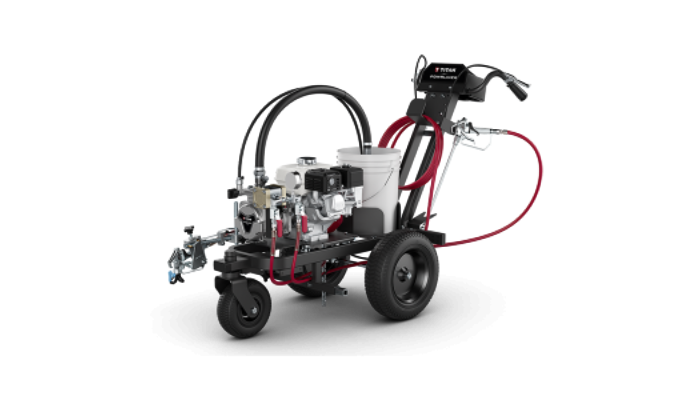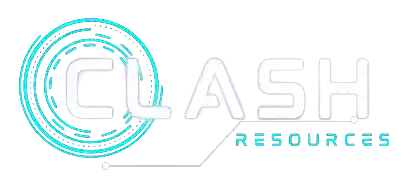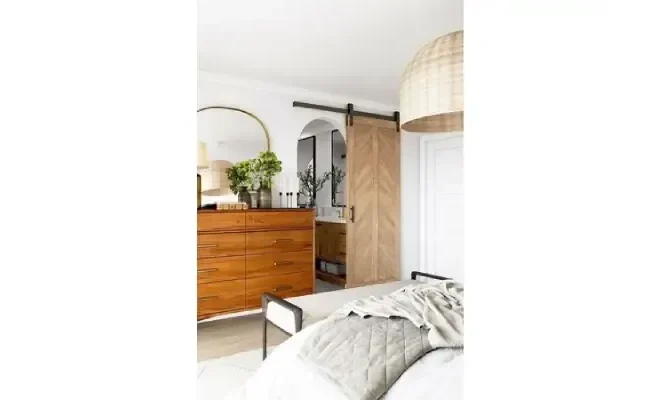
The Best Line Painting Machines for Contractors and Maintenance Professionals
Line painting machines are essential tools for contractors and maintenance pros, designed to create sharp, durable lines on surfaces like asphalt and concrete. For small property owners or managers handling under 40 stalls yearly, machines such as the Asphalt Kingdom Line Striping Machine or Titan PowrLiner 850 offer affordability and ease of use. Contractors working on larger jobs may prefer robust models like the Titan PowrLiner 3500 series or Graco LineLazer systems, which deliver higher capacity and precise line quality with features like multi-gun setups and ride-on units. Accessories such as laser guides and stencil guns further boost accuracy and efficiency across projects of all sizes.
Overview of Line Painting Machines and Their Uses
Titan Line painting machine are specialized tools designed to apply clear, durable lines on surfaces like asphalt, concrete, and turf. These machines are essential for contractors, facility maintenance teams, and property managers who need to mark parking lots, sports fields, airports, and roadways. Depending on the scale of the project, machines range from compact units using small aerosol cans to large hydraulic systems with hoppers holding up to 12 gallons of paint. Features vary widely, including paint capacity, spray technology, stencil capabilities, and the number of spray guns. Many machines can produce sharp, consistent lines that hold up well under traffic and weather conditions, helping ensure visibility and safety. Some models include detachable stencil guns or multi-gun setups that enable painting both lines and symbols like handicapped spots simultaneously, speeding up the job. Operators can choose between walk-behind or ride-on machines based on preference and job size. Durability and ease of maintenance are key considerations to support long-term, reliable use across different environments. For example, a contractor marking a large shopping center might use a multi-gun hydraulic machine with a ride-on option for efficiency, while a property manager handling a small parking lot could opt for a simple walk-behind unit using aerosol cans. These machines play a vital role in creating clear, professional markings that guide traffic and define spaces effectively.

Choosing Machines Based on User Type and Job Size
When selecting a line painting machine, understanding the user type and the size of the job is essential for making the right choice. Small property owners or managers who maintain fewer than 40 parking stalls and handle less than a dozen striping jobs annually need machines that prioritize ease of use and affordability. For these users, options like Asphalt Kingdom’s aerosol-based stripers or the Titan PowrLiner 850, which uses 5-gallon paint pails, are practical. These machines are simple to operate, require minimal setup, and are budget-friendly, making them ideal for those without professional painting experience. On the other hand, professional contractors who manage between 10 and 40 or more jobs per year and work on larger lots demand machines with higher capacity and durability. Medium-level contractors often find models like the Titan PowrLiner 3500 or 3500S suitable, as these feature sealed hydraulic pumps for consistent paint flow and detachable stencil guns for versatile marking. For contractors tackling large commercial lots, shopping centers, or even small airport runways, machines equipped with two-gun setups and large hoppers, such as the Titan PowrLiner 4955, 6955, or 8955, provide the volume and efficiency needed. Graco’s LineLazer systems take it further by offering professional-grade airless spray technology with modular ride-on attachments, boosting productivity on high-output jobs. The choice also depends on skill level and job complexity; simple walk-behind units serve well for straightforward tasks, while advanced ride-on machines reduce operator fatigue and increase speed on extensive projects. Ultimately, balancing job frequency, lot size, paint volume, and desired features will guide contractors and property managers to the machine that best fits their operational demands.
Spray Technology and Paint Capacity Explained
Line painting machines rely heavily on the spray technology and paint capacity to deliver clean, consistent lines that stand up to wear and weather. Hydraulic and sealed hydraulic pumps are key features in many machines, providing smooth and steady paint flow which helps produce sharp, professional lines without breaks or splatter. High-end models often use airless spray technology, known for its durability and ability to handle frequent, high-volume jobs with ease. This technology is ideal for contractors who need reliable performance day after day. Machines come with either single gun systems for standard line painting or multi-gun setups that allow users to paint lines and stencils simultaneously, increasing efficiency on complex jobs.
Paint capacity varies widely depending on the machine size and job requirements. Small, portable machines typically use 20 oz aerosol cans, offering convenience but requiring frequent refills, making them best suited for small jobs or touch-ups. Mid-range machines usually employ 5-gallon pails, which strike a balance between portability and longer operation times, reducing downtime for refills during medium-sized projects. Larger, heavy-duty machines are equipped with hoppers holding up to 12 gallons of paint, perfect for extensive striping tasks like large parking lots or airport runways.
Stenciling Features and Multi-Gun Configurations
Stenciling plays a key role in line painting, especially for marking symbols like handicapped spots, directional arrows, and other traffic indicators. Many modern line painting machines, including hydraulic models such as the Titan PowrLiner 3500S and Graco LineLazer series, support detachable stencil guns that let operators switch between line and stencil painting without swapping out the entire machine. This flexibility saves time and effort on the job. Multi-gun configurations are another valuable feature, allowing users to apply lines and symbols simultaneously. Typically, these setups combine a primary line gun with a secondary stencil gun or a second line gun, speeding up the process by reducing multiple passes over the same area. Stencil guns are engineered to deliver precise paint amounts, which is essential for crisp, clear symbols that meet regulatory standards. Many machines offer easy attachment and removal of stencil guns, making it simple to adapt to different job requirements. Additionally, these stenciling attachments work well with various paint types and bead dispensers for reflective markings, improving nighttime visibility. Proper calibration of stencil guns is crucial to maintain sharp symbols and avoid paint bleeding, which can undermine the professional look of the job. Overall, the combination of stenciling features and multi-gun setups enhances productivity and quality, especially on large or complex projects where time and accuracy matter most.
Operational Benefits for Contractors and Maintenance Professionals
Ride-on line painting machines offer a significant boost in productivity, increasing striping speed by up to four times compared to traditional walk-behind units. This speed advantage allows contractors to complete large parking lots and complex layouts much faster, reducing labor costs and job time. The consistent application of paint ensures professional-quality lines that minimize the need for touch-ups, which improves customer satisfaction and reduces costly rework. These machines are designed to work effectively on various surfaces, including asphalt, concrete, and turf, providing versatility across a wide range of projects. Advanced tip and gun designs help minimize overspray and paint waste, lowering material expenses and making operations more cost-efficient. Multi-gun systems enable simultaneous painting of lines and symbols, such as handicapped spots or directional arrows, saving valuable time on detailed jobs. The use of hydraulic or sealed hydraulic pumps guarantees smooth and reliable operation, even with frequent use, supporting contractors who handle multiple jobs per week. Ergonomic features and optional ride-on setups reduce operator fatigue during long shifts, contributing to safer and more comfortable working conditions. Additionally, these machines accommodate different paint types and reflective bead applications, allowing professionals to meet varied job requirements without switching equipment. Modular accessories and customizable options let contractors tailor machines to the scale and complexity of each job, enhancing overall flexibility. Durable construction combined with ease of maintenance reduces downtime and extends machine lifespan, ensuring a solid return on investment for contractors and maintenance teams alike.
Frequently Asked Questions
1. What features should contractors look for when choosing a line painting machine for heavy-duty projects?
Contractors should focus on durability, adjustable spray widths, easy maintenance, and powerful paint pumps. Machines with ergonomic handles and precise control systems help improve accuracy and reduce fatigue during long use.
2. How do different line painting machines affect the quality and longevity of pavement markings?
The type of machine impacts paint application consistency and adhesion. High-quality machines offer even paint distribution and proper thickness, which helps markings last longer under traffic and weather conditions.
3. Can line painting machines be used on various surfaces, and how do they adapt to different environments?
Many machines are designed to work on asphalt, concrete, and gym floors. Adjustments like pressure control, nozzle size, and paint type enable them to handle different textures and environmental factors for optimal results.
4. What maintenance practices are essential to keep line painting machines operating efficiently over time?
Regular cleaning of nozzles, checking and replacing filters, lubricating moving parts, and inspecting hoses for wear are important. Consistent maintenance prevents clogs, uneven spray, and mechanical failures.
5. How does the choice between manual and automated line painting machines affect a contractor’s workflow?
Manual machines offer simplicity and control for small to medium projects but can be slower and more labor-intensive. Automated or walk-behind machines increase productivity and accuracy on larger jobs, reducing physical strain and time spent.
TL;DR Line painting machines help contractors and maintenance pros apply precise, durable lines on surfaces like parking lots and sports fields. Choosing the right machine depends on job size, frequency, and user type: smaller property managers benefit from simple, affordable models like Asphalt Kingdom or Titan PowrLiner 850, while professional contractors need higher-capacity systems such as Titan PowrLiner 3500 series or Graco LineLazers for large projects. Key features include hydraulic spray technology, paint capacity options, stenciling ability, and multi-gun setups. Accessories like laser guides and ride-on units enhance accuracy and boost productivity. Titan and Graco lead the market with versatile, reliable machines suited for various scale jobs, while Asphalt Kingdom focuses on entry-level solutions. Selecting the right setup improves efficiency, line quality, and overall job profitability.

